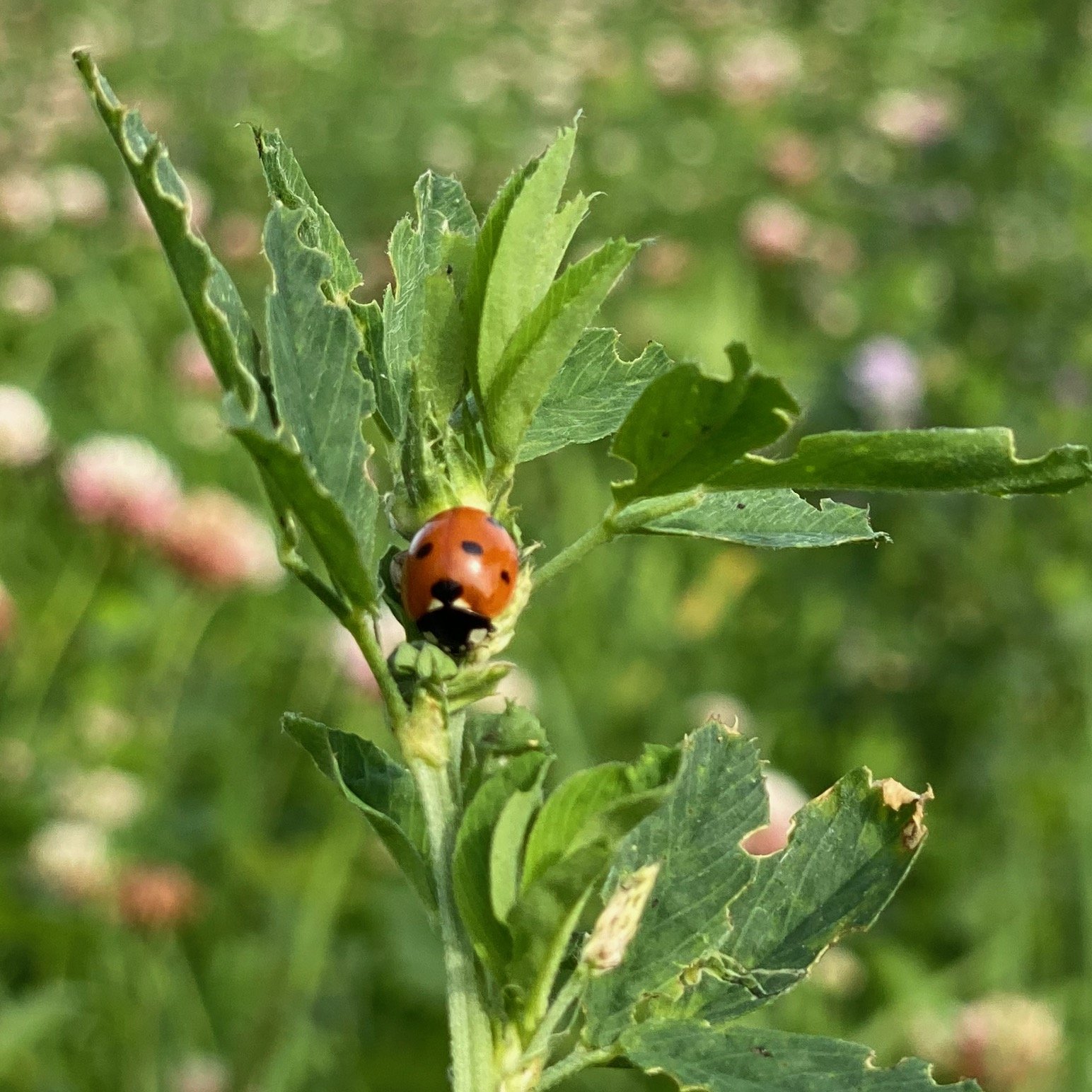The Beginner’s Guide to Organic Gardening: its benefits and how-to
WHAT IS ORGANIC GARDENING?
Organic gardening can sound like a wooly concept to many. There is so much talk of sustainability, helping the environment, and avoiding pollution today that the essence of organic gardening can get lost in amongst all of the competing advice - so here is a brief introduction…
Organic gardening is about working with your gardens natural systems - namely working with nature and not in opposition to it. What this means is that the health of your plants starts with the health of your soil. Soil health is simply boosted with manures, fertilisers and soil conditioners derived from animal or plant remains (as opposed to artificially manufactured chemicals) - and the soil is never harmed with the use of chemical pollutants and poisons.
Of course decades, if not centuries, of horticultural research using chemical means results in crop yields with non-organic methods being generally higher (although this is certainly not always the case) and the process of tending the soil in an organic system differs from what is commonly held to be the norm amongst gardeners with a more traditional knowledge base. It is true that organic gardening is more labour intensive - in tasks such as ensuring the soil is prepared (although no-dig methods can be a boon here), ensuring crops are fed and watered properly, and checking on attacks by pests and diseases, which can’t simply be solved by spraying to kill everything in sight. There is a challenge there but the rewards are so much more satisfying…
SOIL FERTILITY FOR ORGANIC GARDENERS
The adage here is to feed the soil, not the plant. The health of the soil is evidenced by a teeming ecosystem made up of worms, fungi, bacteria and other creatures which ensure a soil’s health - therefore providing ideal conditions for roots to grow and access nutrients.
It is simple to feed your soil - add compost to the surface for organisms to draw into the soil. This avoids disturbance by digging, which disturbs the soil structure, which in turn affects soil gaps for air exchange, water to gather, and roots to grow through. You can also cast seeds of green manures (plants that you grow to hold nutrients and suppress weeds whilst the soil is bare) to then cut down and over-plant when you are ready.
On poor soil, when you are just starting, digging to incorporate lime or bulky organic manure to change the soil texture is permitted in an organic system but should probably be seen as something not done too often in order to properly preserve the soil. Similarly if needed you can use organic fertilisers (especially for nutrient hungry food crops) such as seaweed, fish blood & bone, bone meal, poultry manure pellets (which are a nitrogen fertiliser which give quick but weak growth that is particularly attractive to slugs and snails), or you can water with an organic nutrient ‘tea’ made from steeping comfrey or nettles in a barrel.
WHY WOULD YOU POISON YOUR GARDEN?
The most obvious tenet of organic gardening for many though is not to use herbicides, pesticides, or fungicides.
This is because these poisons are not limited in what they target and will poison other forms of life - be that other plants (with glyphosate) or beneficial insects such as honey bees (if you used to use neonicotinoids - which are thankfully now banned for gardeners but still permitted under licence on crops). Poisons will also build up in the soil over time, which can have catastrophic effects on the soil ecosystem, requiring more poisons and artificial fertilisers simply to do what would have happened naturally - namely for your plants to grow.
CONTROLLING PROBLEMS IN AN ORGANIC SYSTEM
There are two strands to this. The first is controlling any weeds and the second is dealing with pests and diseases.
I think it’s about your mindset though. You need to embrace “weeds” for the pollinators they attract, find a home for the predatory slugs that will eat any snails, and encourage the birds that will eat the aphids (with nestboxes, layered planting and food in the winter months). Even the much disliked and ravenous snail provides food for the Song Thrush for example…if you don’t poison it and remove all of the Song Thrushes in the process that is.
However if you must remove weeds your best options are to do this manually (with a hoe or fork depending on the weed and how deep its roots extend), with a flame gun (but that is usually limited to paths and drives for obvious reasons of heat damage to your prized plants and crops), or with a layer of mulch or compost - feeding the soil with around 5cm of organic matter and suppressing weed seed germination in the process. You just need to ensure this is done, and topped up, regularly or you’ll potentially have an infestation to deal with manually at a later date though.
Dealing with pests and diseases is also about time. You need to be on top of problems and solve them quickly whist ensuring your plants are as healthy as possible to fight off pests and diseases (in the same way we fight off problems if we are healthy).
Therefore soil health, timely watering (to avoid wilted leaves), and hand picking off pests such as aphids or lily beetles are essential to success. Similarly good hygiene (composting old crops and cutting out fungal or diseased parts of a plant (such as diseased or dying branches in fruit trees) is important, as is avoiding over feeding with nitrogen (see above). Instead the best results will come about if you work with what you have - planting certain crops to avoid pest emergence times, planting disease resistant cultivars and seeds, excluding “pests”, such as the Cabbage White butterfly, from laying eggs on your plants with netting, and spacing plants apart to avoid the risk of humid spaces developing and encouraging fungal growth.
Pests should then be manually removed or removed by biological controls - and the best biological controls are the predators (from birds to ladybirds) that will thrive in the diverse ecosystem that is your organic garden.


